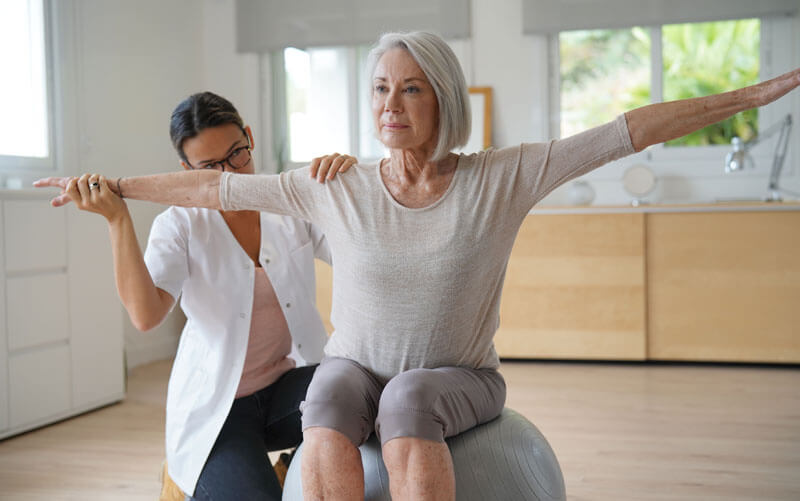
One of the most common health conditions in the world, arthritis is thought to affect around 10 million people in the UK alone. Although found in people of all ages, symptoms usually present themselves in those over the age of 40. Common signs to look out for include stiffness in hands, wrists and knees.
The science behind the stiffness is a result of antibodies attacking soft tissue, resulting in swelling of joints and ligaments. The swelling makes it hard to move the affected areas and can greatly impair mobility. Pain and tenderness are usually accompanied by the swelling; this discomfort is predominantly felt in fingers and wrists.
Lessened mobility and chronic pain can be incredibly detrimental to one’s quality of life. Simple day-to-day tasks, such as walking and simple dexterity, become immensely difficult. In some instances, suffers have to move homes as they can no longer manage walking up and down stairs which can cause huge familial and financial impacts. Compromised independence can have a profound effect on mental health and although the pain can be managed with tablets and ointments, this can become costly.
However, exercise may be a solution to some of the problems arthritis suffers face. The suggestion of exercise may sound absurd, especially when simple movements can be challenging, and one may feel as though exercise will exacerbate arthritis symptoms. But, luckily, this is a misconception as studies have found that exercise can, in fact, help to relieve pain and improve joint mobility.
The good news is nearly all exercise types can help improve arthritis. From gentle stretching to high-intensity workouts there are a plethora of programmes and styles available to manage problematic symptoms.
An arthritis-friendly, workout routine should include cardio, strength and flexibility elements. Choose a low-impact aerobic exercise, such as swimming, walking or cycling as not only is this exercise type good for joints, it’s great for cardiovascular health and overall fitness. Aerobic activities that take place in groups and classes have fantastic social benefits, too.
Strength training routines are also encouraged as they build muscle and help control joint inflammation. It’s important to begin a weight training programme slowly; don’t begin with lifting the heaviest weights and ensure a day’s rest is had between weightlifting workouts.
Yoga is found to have a positive impact on both physical and mental health in those who suffer from arthritis. The stretching elements of a yoga routine improve joint flexibility and range of motion, as well as reducing muscle and ligament tension. Yoga can be a fun and relaxing way to gradually build strength and most importantly, improve balance and stability. Improved balance reduces the likelihood of falls, a common occurrence in those over the age of 65.
Although an active lifestyle is encouraged, it is important to begin any work out programmes slowly but surely. Trying to do too much too soon can cause injury, so it’s important to begin with light exercises and build intensity over weeks and months. To ensure a safer workout, ensure all routines begin and end with a warm-up and cool down.
When exercising, pay attention to how muscles and joints feel. If specific joints are feeling particularly sore or inflamed before a workout, avoid working that area until the pain subsides. But if it feels OK, gentle movements of the inflamed areas can help to reduce stiffness and improve circulation.
While muscle soreness is common, especially a day or two after exercising, intense pain while working could be the result of incorrect form or posture or a more serious indicator that joints are inflamed or damaged. If intense pain is felt, the workout should be ceased immediately, and the doctor should be consulted if pain persists. Always be mindful to never force a joint past its range of motion, and please ensure that any new exercise plan is consulted with a doctor or specialist first.
